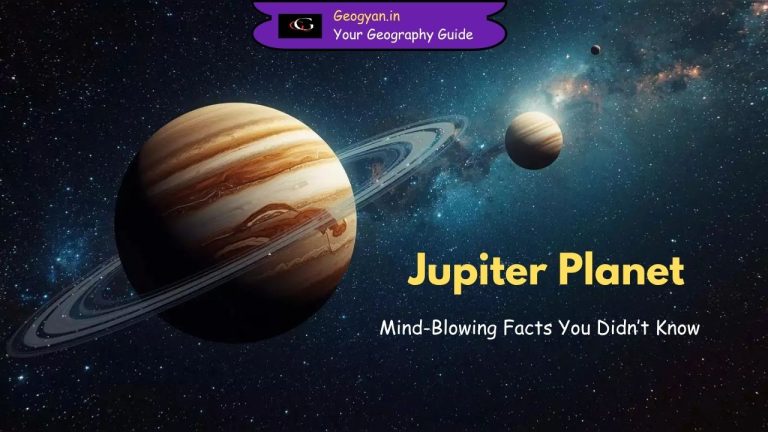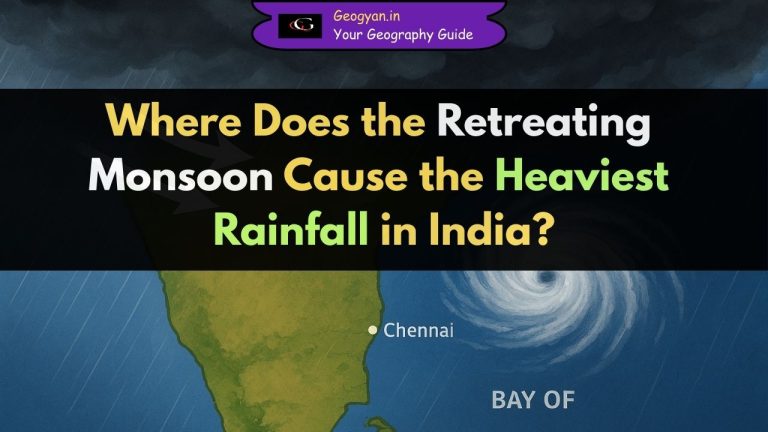Estimated reading time: 4 minutes
Table of contents
Introduction
When you think of breathtaking landscapes, towering peaks, and awe-inspiring natural wonders, cordilleras undoubtedly come to mind. These extensive chains and networks of mountain ranges have captivated explorers, adventurers, and nature enthusiasts for centuries. In this blog post, we will delve into the fascinating world of cordilleras, exploring their formation, geological significance, and the remarkable diversity they exhibit across the globe.
What is a Cordillera?
Derived from the Spanish word “cordilla,” meaning “little rope,” a cordillera refers to a vast system of interconnected mountain ranges. These geological formations are characterized by their complex structure, often resulting from folding, faulting, and volcanic activity. Cordilleras can span thousands of kilometers, shaping the landscapes of continents and influencing weather patterns, ecosystems, and human civilizations.
Formation of Cordilleras:
The formation of cordilleras is a result of dynamic geological processes that have unfolded over millions of years. The primary forces involved include:
- Plate Tectonics: The movement and interaction of tectonic plates play a crucial role in the creation of cordilleras. When plates collide, immense pressure builds up, causing the Earth’s crust to buckle, fold, and uplift, giving rise to mountain ranges.
- Folding: Folding occurs when rock layers are subjected to compressional forces, causing them to bend and deform. This process creates the characteristic folds and ridges observed in many cordilleras.
- Faulting: Faulting involves the fracturing and displacement of rock masses along fault lines. These fractures can result in the formation of steep cliffs, valleys, and other distinctive features within cordilleras.
- Volcanic Activity: Volcanic activity often accompanies the formation of cordilleras. Magma rising from the Earth’s interior can erupt and solidify, contributing to the growth and shaping of mountain ranges. Volcanic peaks within cordilleras can be active, dormant, or extinct.
Notable Cordilleras of the World
Cordilleras grace every continent, showcasing their geological splendor and ecological diversity. Let’s explore some of the most notable cordilleras found across the globe:
| Cordillera | Location | Key Features |
| American Cordillera | Western North and South America | Longest mountain range system in the world, includes the Rocky Mountains, Andes Mountains, and Sierra Madre |
| Andes Mountains | South America | Longest continental mountain range, home to diverse ecosystems and numerous volcanic peaks |
| Rocky Mountains | North America | Major mountain range in western North America, known for its scenic beauty and outdoor recreational opportunities |
| Himalayas | Asia | Highest mountain range in the world, includes Mount Everest, the tallest peak on Earth |
| Alps | Europe | Iconic mountain range in Europe, renowned for its skiing, mountaineering, and picturesque landscapes |
| Atlas Mountains | Africa | Mountain range in northwestern Africa, known for its diverse flora and fauna |
| Great Dividing Range | Australia | Longest mountain range in Australia, stretches along the eastern coast |

Geological Significance
Cordilleras hold immense geological significance, offering valuable insights into the Earth’s history and processes. Studying these mountain ranges allows scientists to:
- Understand plate tectonics and the forces that shape our planet
- Investigate the formation and evolution of mountain belts
- Analyze the effects of erosion, weathering, and glaciation on landscapes
- Explore the distribution of mineral resources and fossil deposits
Ecological Diversity
Cordilleras are renowned for their ecological diversity, harboring a wide range of ecosystems and supporting unique plant and animal life. The varying altitudes, climates, and geological features within cordilleras create distinct habitats, ranging from lush forests and alpine meadows to barren rocky slopes and glaciers.
Human Influence and Conservation
Cordilleras have played a significant role in human history, serving as sources of water, natural resources, and transportation routes. However, human activities, such as deforestation, mining, and infrastructure development, have also posed threats to these fragile ecosystems. Conservation efforts are crucial to protect the biodiversity and ecological integrity of cordilleras for future generations.
Conclusion
Cordilleras stand as majestic testaments to the Earth’s dynamic forces and the beauty of our natural world. These extensive mountain ranges not only shape landscapes but also influence weather patterns, ecosystems, and human civilizations. By understanding their formation, geological significance, and ecological diversity, we can appreciate the awe-inspiring power and importance of cordilleras in our planet’s intricate tapestry.
FAQs
Ojos del Salado, located in the Andes cordillera, is the highest active volcano in the world.
The American Cordillera, spanning North and South America, is the longest cordillera in the world.
Notable cordilleras include the Cordillera del Paine, Alborz Cordillera, American Cordillera, and the Cordillera de los Andes.
A cordillera is a group or chain of mountains, while a mountain range is a linear series of mountains. A cordillera can contain multiple mountain ranges, and mountain ranges can be part of a cordillera.





























